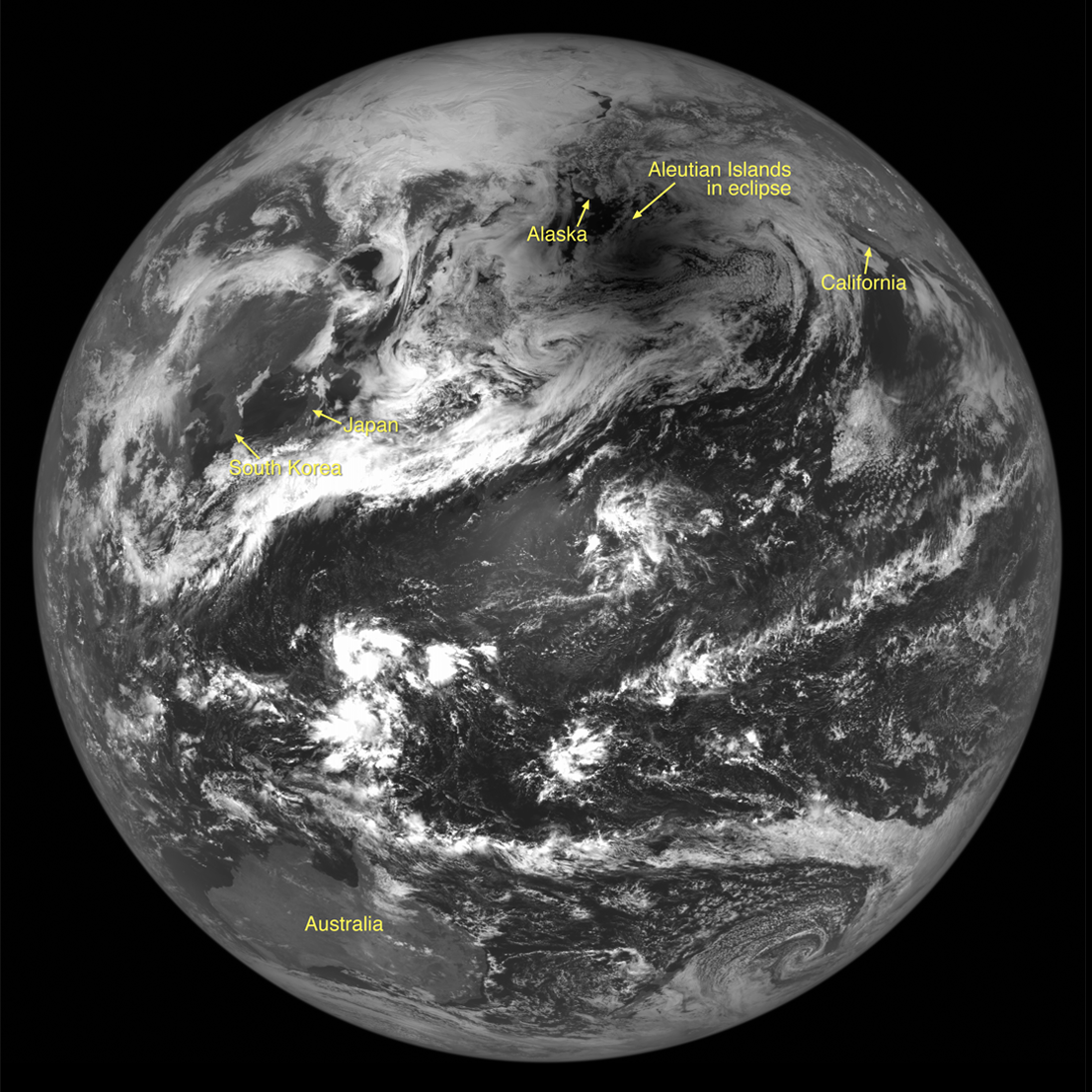flash wrote:Assuming the atmosphere extends to 100 miles, a vertical dive at 60,000 mph gives only 6 seconds to vaporize before it hits the surface. That doesn't seem to be a lot of time. But then the energy is proportional to v2 and 60,000 squared is a big number.
Exactly. The huge forces mean there's no way for a body traveling at (a relatively slow) 27 km/s to maintain that speed in the atmosphere. So the actual descent time becomes much longer than 6 seconds. It need not vaporize all at once; more likely is that it will break up into many small pieces, which either burn up or slow down and survive as meteorites (which land without any of the original velocity).
A 1-meter diameter meteoroid traveling 27 km/s experiences a drag force of more than 800,000 N at a height of 50 km. If it's stony, that's an acceleration of -50 G. That's enough to start breaking up most meteoroids. If a body somehow survived with that size and speed to 30 km, the acceleration increases to over 700 G. Even iron bodies will break up under those conditions.
Why is it that coming in at 60,000 mph horizontally (rather than vertically) make it more likely to survive? Doesn't that just give the energy more time to act?
Because it spends more time in the upper atmosphere, slowing down without encountering the destructive forces (as above) created by moving fast in thicker air. Remember it's that v
2 term that dominates. If you can reduce v before the body descends into the deeper atmosphere, it's more likely that material will survive. The meteors that are observed to produce meteorites are usually slow to begin with (~20 km/s) and enter at a shallow angle. They need to be large enough that they can lose 90% or more of their mass to ablation and still leave something behind, but not break apart (or not break apart while still moving very fast) and lose all their mass in a nearly instantaneous burst of ablative loss.
 Looking Back at an Eclipsed Earth
Looking Back at an Eclipsed Earth